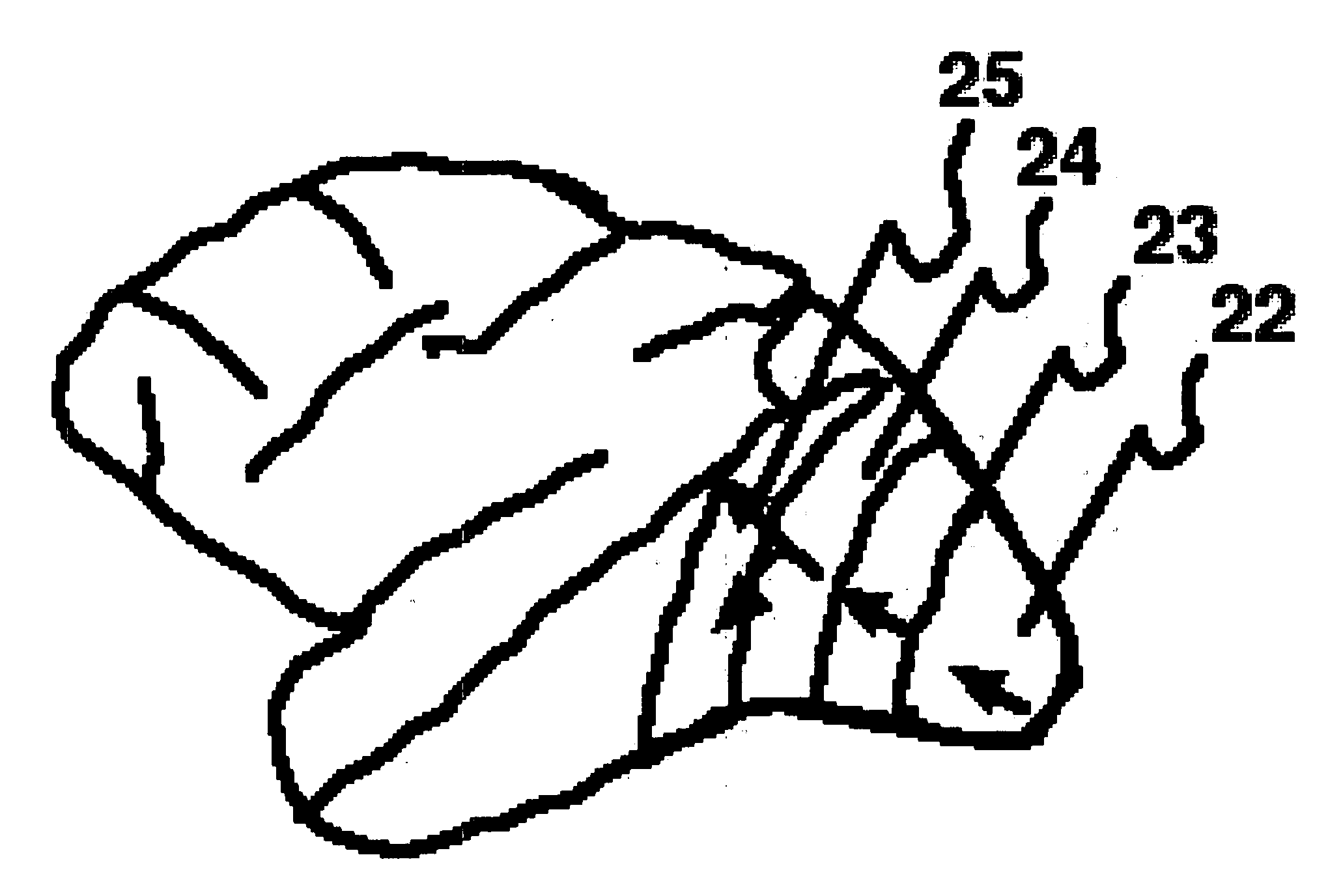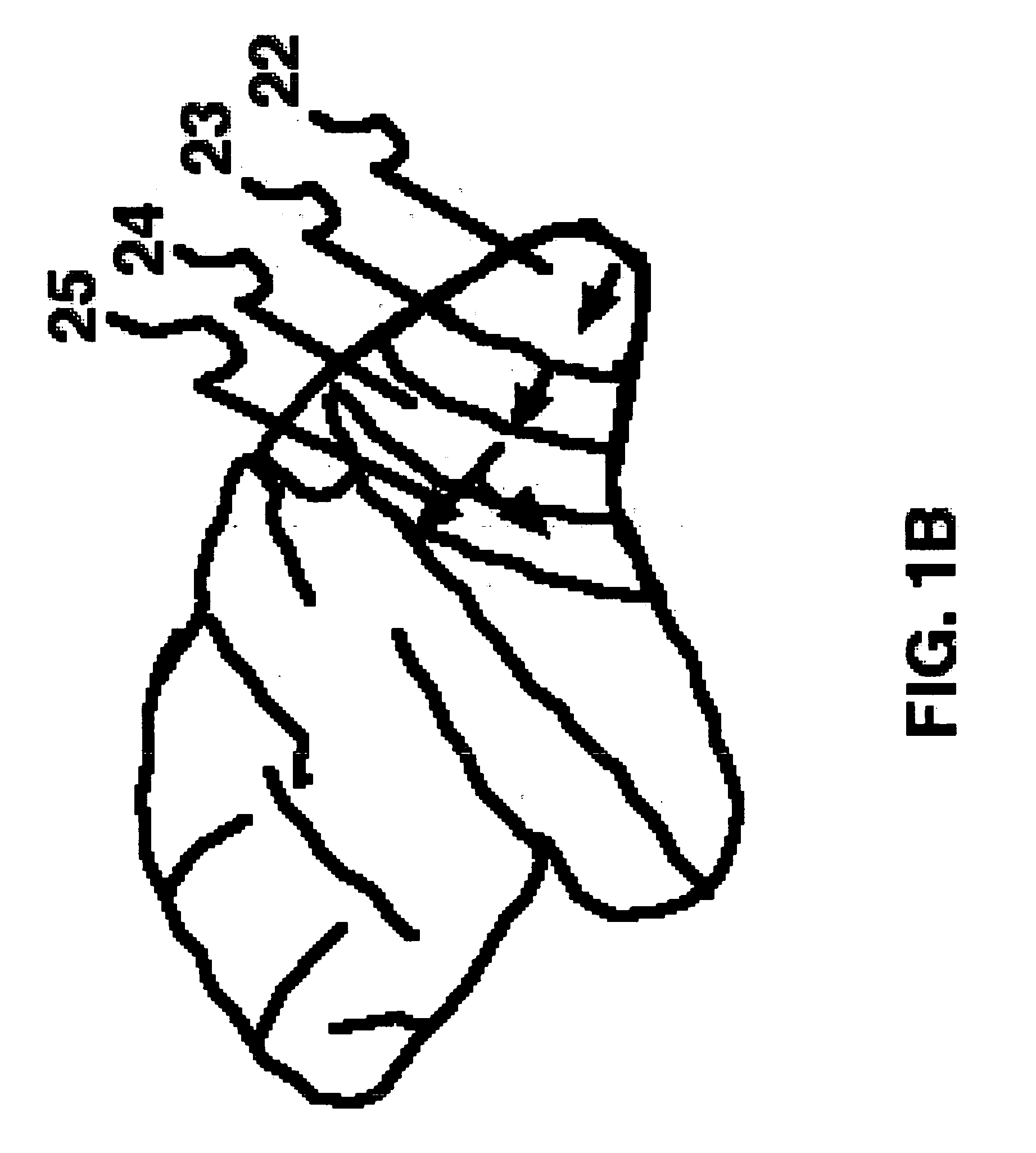Method for assessment of color processing mechanism in the human brain for diagnosis and treatment
a color processing and human brain technology, applied in the field of diagnosis and treatment, can solve the problems of abnormal ratio of binocular subjects to healthy subjects, inability to detect depth by binocular interaction, and implicate visual pathway lesions, etc., and achieve the effect of precise examination of color vision
- Summary
- Abstract
- Description
- Claims
- Application Information
AI Technical Summary
Benefits of technology
Problems solved by technology
Method used
Image
Examples
Embodiment Construction
[0058]The schematic diagram of the present invention and the neurophysiological basis are illustrated in FIGS. 1A and 1B. As shown in FIG. 1A therein, a light source 1 of constant color temperature (a measure which defines the color of a light source relative to the visual appearance of the light radiated by a theoretically perfect radiator, or blackbody, heated to incandescence and is expressed in Kelvin (K)) is used to produce day light of 6504K 2 from cold cathode fluorescent tubes along the four sides by way of example. The backlighting is fitted with a light guide 3 such as described in U.S. Pat. No. 7,125,154 B2 to Blanc such that the lighting is homogenous. The light path passes into the right visual field 4 but not left 5, because the latter is blocked with a dark slide 6. The light rays passes through the left eye lens 7 and right eye lens 8 to fall on the right half of the left eye retina 9 and right eye retina 10, but not the left half 11. The cone photoreceptors in the r...
PUM
 Login to View More
Login to View More Abstract
Description
Claims
Application Information
 Login to View More
Login to View More - R&D
- Intellectual Property
- Life Sciences
- Materials
- Tech Scout
- Unparalleled Data Quality
- Higher Quality Content
- 60% Fewer Hallucinations
Browse by: Latest US Patents, China's latest patents, Technical Efficacy Thesaurus, Application Domain, Technology Topic, Popular Technical Reports.
© 2025 PatSnap. All rights reserved.Legal|Privacy policy|Modern Slavery Act Transparency Statement|Sitemap|About US| Contact US: help@patsnap.com



